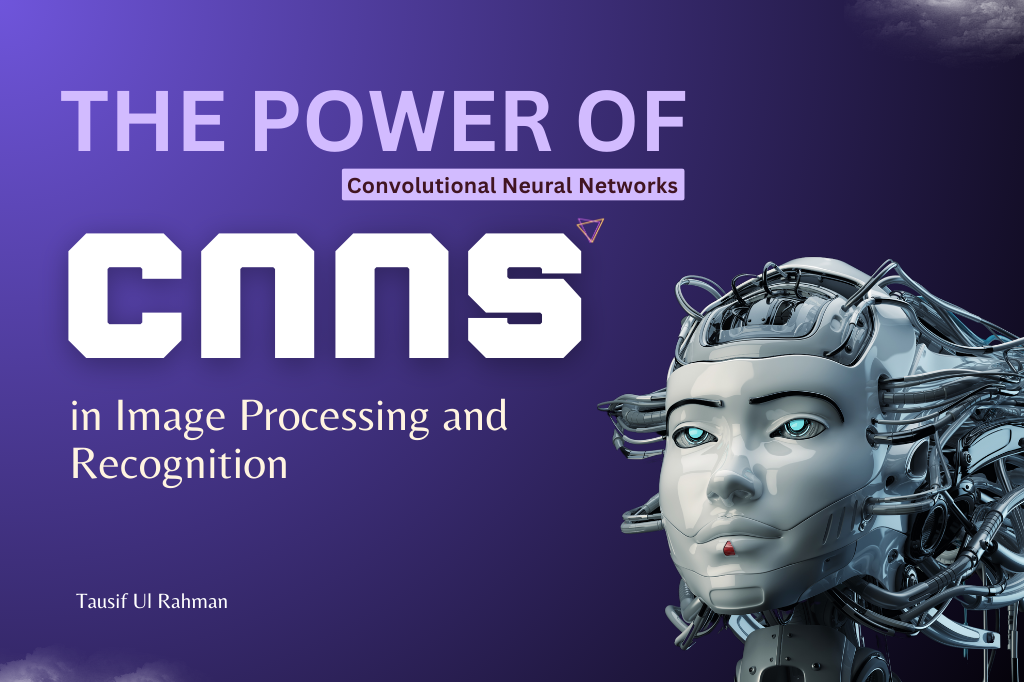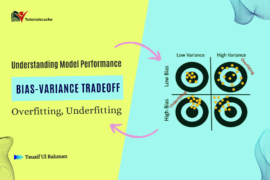Introduction:
In the vast landscape of artificial intelligence and machine learning, Convolutional Neural Networks (CNNs) stand as powerful pillars, particularly in the realm of image processing and recognition.
In this blog post, we will delve into the intricacies of CNNs, exploring their architecture, applications in image processing, and their pivotal role in advancing computer vision.

Understanding Convolutional Neural Networks (CNNs):
At its core, a Convolutional Neural Network is a specialized type of neural network designed to process and analyze visual data, making it a cornerstone in computer vision applications. The architecture of CNNs is inspired by the human visual system, leveraging convolutional layers, pooling layers, and fully connected layers to extract features hierarchically.

Architecture of CNNs:
- Convolutional Layers:
Convolutional layers are the heart of CNNs, responsible for detecting various features in the input image through the application of filters or kernels. These filters move across the image, performing convolution operations to identify patterns like edges, textures, and shapes.

- Pooling Layers

Pooling layers play a crucial role in reducing the spatial dimensions of the input data while retaining essential information. Max pooling, for instance, selects the maximum value from a set of values in a region, effectively down sampling the data and making it computationally efficient.
- Fully Connected Layers:
Following the convolutional and pooling layers, fully connected layers connect every neuron in one layer to every neuron in the next layer. These layers consolidate the learned features and contribute to the final classification or regression output.

Applications in Image Processing:
CNNs find widespread applications in image processing, offering solutions to various challenges:
- Object Recognition:
CNNs excel in recognizing and classifying objects within images, making them invaluable in fields such as autonomous vehicles, surveillance, and robotics.

- Image Segmentation:

Through semantic segmentation, CNNs can identify and label individual pixels in an image, facilitating tasks like medical image analysis and satellite image interpretation.
- Facial Recognition:
CNNs have significantly improved facial recognition systems, enhancing security measures and user authentication in diverse applications.

- Style Transfer:

Artistic applications leverage CNNs for style transfer, transforming the appearance of images to mimic the artistic style of famous paintings.
Conclusion:
Convolutional Neural Networks have revolutionized the field of image processing and recognition, enabling machines to comprehend and interpret visual information with remarkable accuracy. As technology continues to evolve, the impact of CNNs on computer vision and related domains is set to expand, paving the way for innovative and efficient solutions to real-world challenges. Whether in healthcare, autonomous systems, or creative endeavors, the influence of CNNs on shaping the future of artificial intelligence is undeniable.




